Search Results

- IDNO:
- 031489
- Title:
- Portrait of an Unidentified Man
- Date:
- undated

- IDNO:
- 031665
- Title:
- Civilian Conservation Corps Chestnut Ridge Crew
- Date:
- undated
- Description:
- C.C.C members identified as Black Jack, Mule D, G. McIntyre, John Borh, and C. Williams.
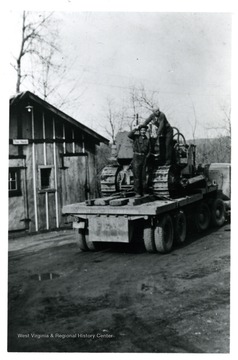
- IDNO:
- 031767
- Title:
- Civilian Conservation Corps Members Cat Snyder and Joe Musick
- Date:
- undated
- Description:
- CCC 78.

- IDNO:
- 031779
- Title:
- Civilian Conservation Corps Boys in Camp Preston, Kingwood, W. Va.
- Date:
- undated
- Description:
- CCC 105. Unidentified young men, members of the C.C.C., pose for a group photo.
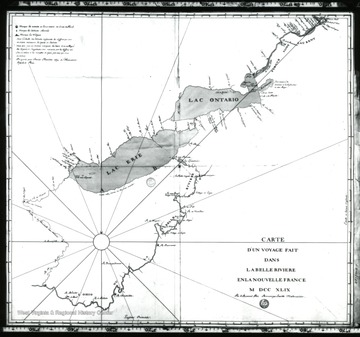
- IDNO:
- 032013
- Title:
- Map of Ohio 1749
- Date:
- undated
- Description:
- 'Father Bonnecamp's 1749 map of the Ohio made during an expedition with de Blainville to bury leader Plates to claim the Ohio Valley for the King of France.'
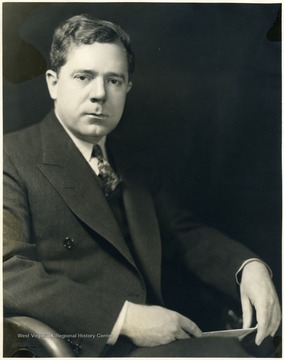
- IDNO:
- 032387
- Title:
- Senator Huey P. Long of Louisiana
- Date:
- undated
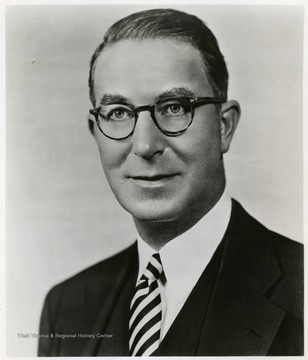
- IDNO:
- 032388
- Title:
- Senator Estes Kefauver of Tennessee
- Date:
- undated
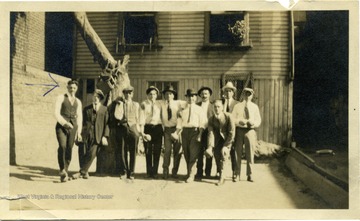
- IDNO:
- 032491
- Title:
- Lawrence Pietro and Group of Men Playing Bocce
- Date:
- undated
- Description:
- Arrow is pointing at Lawrence.

- IDNO:
- 032570
- Title:
- John L. Lewis as Young Man
- Date:
- undated

- IDNO:
- 032793
- Title:
- Lord Fairfax's Office at Greenway Court, Clarke County, Va.
- Date:
- undated
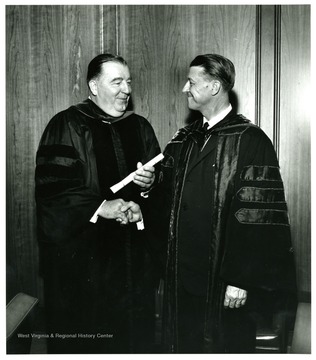
- IDNO:
- 033087
- Title:
- President Harry Heflin and Jennings Randolph, West Virginia University
- Date:
- undated
- Description:
- President Heflin on right and Jennings Randolph on left.
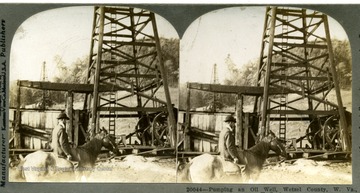
- IDNO:
- 033184
- Title:
- Pumping an Oil Well, Wetzel County, W. Va.
- Date:
- undated
- Description:
- 'Wetzel County is situated in the extreme northwestern corner of West Virginia, in the Pittsburgh region, and so is in the very midst of a region which is very rich both in petroleum and natural gas. In a single year the wells of West Virginia produce more than 14,000,000 barrels of petroleum, and natural gas worth more than $4,000,000. In order to reach the oil it is necessary to drill through the solid rock, and sometimes to the depth of thousands of feed. Now and then the oil will rise to the surface, but for the most part it must be pumped up by machinery. The methods of drilling and pumping are everywhere just about the same. First comes the derrick, a frame-work about 20 feet square at the bottom, tapering almost to a point at the top, and rising to a height of from 40 to 60 feet. In the view parts of two derricks are seen. A stem engine is also necessary to work the pump, through a single engine is often sufficient to supply power for several wells. The large horizontal beam, seen above the horseman's head, rests upon a pivot in the center and the ends play up and down. One end is over the well and works the pump. When brought to the surface the oil is stored in huge iron tanks, or else is carried in pipe lines under ground and over mountains eastward to the great cities to be refined and shipped to markets all the world over.'











